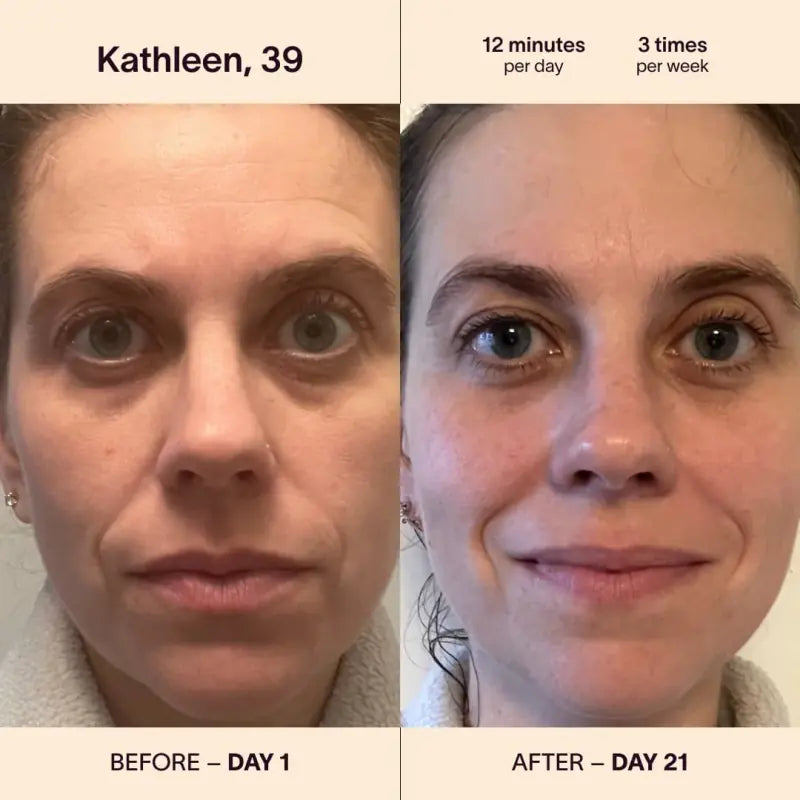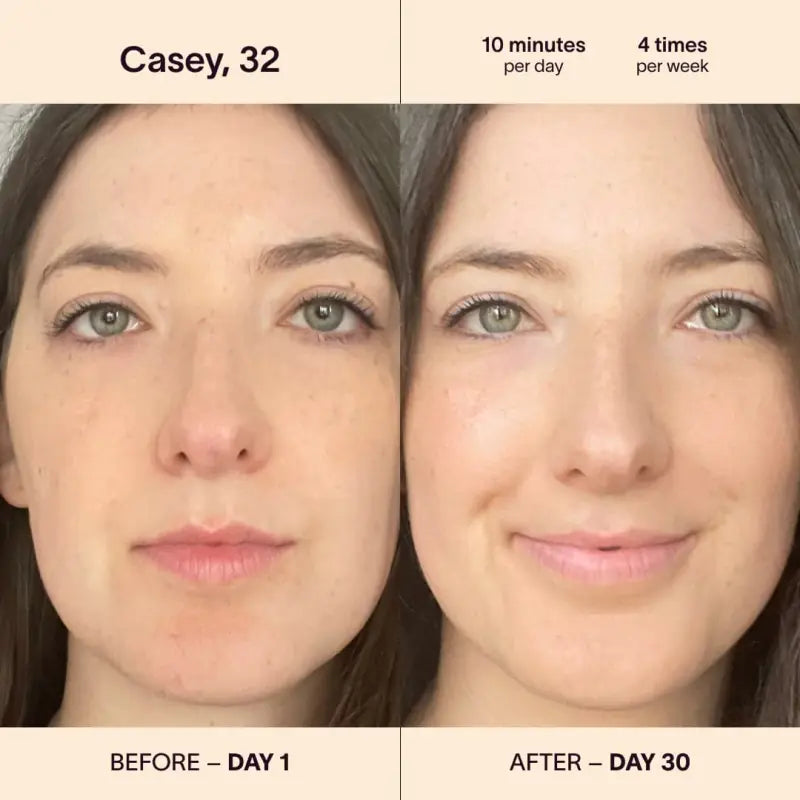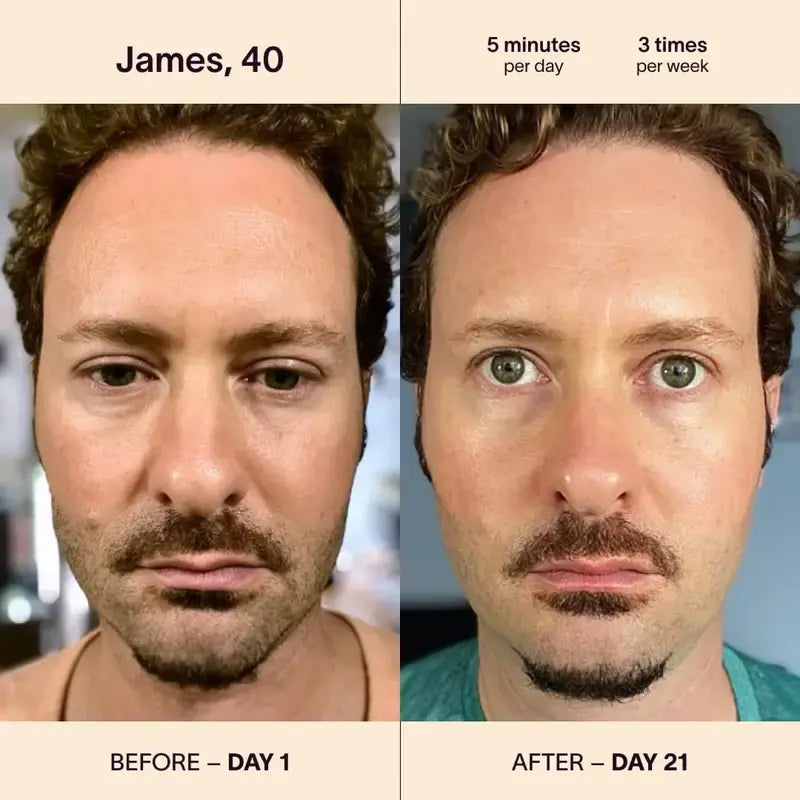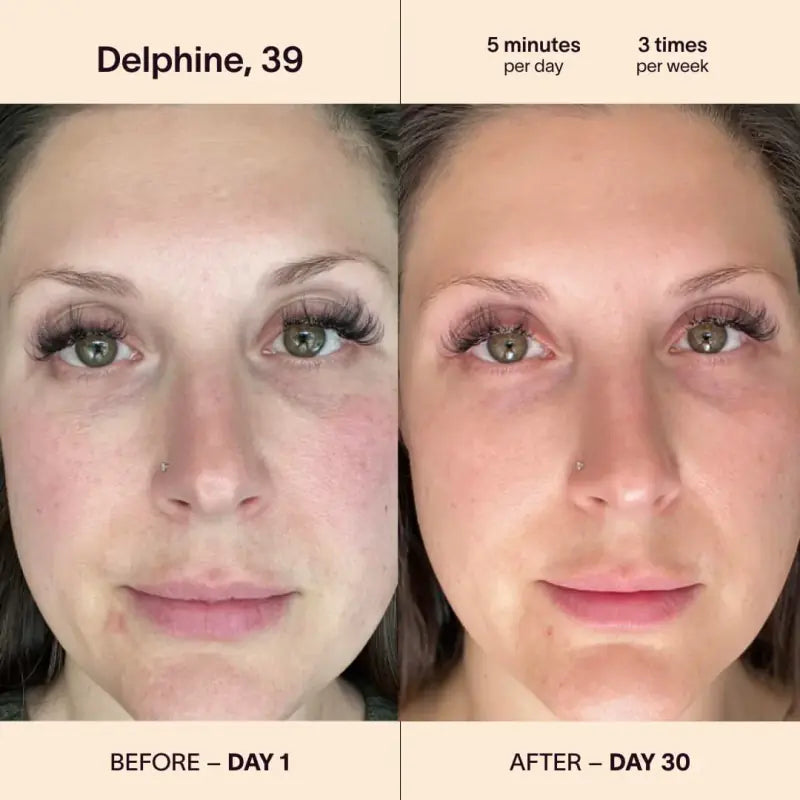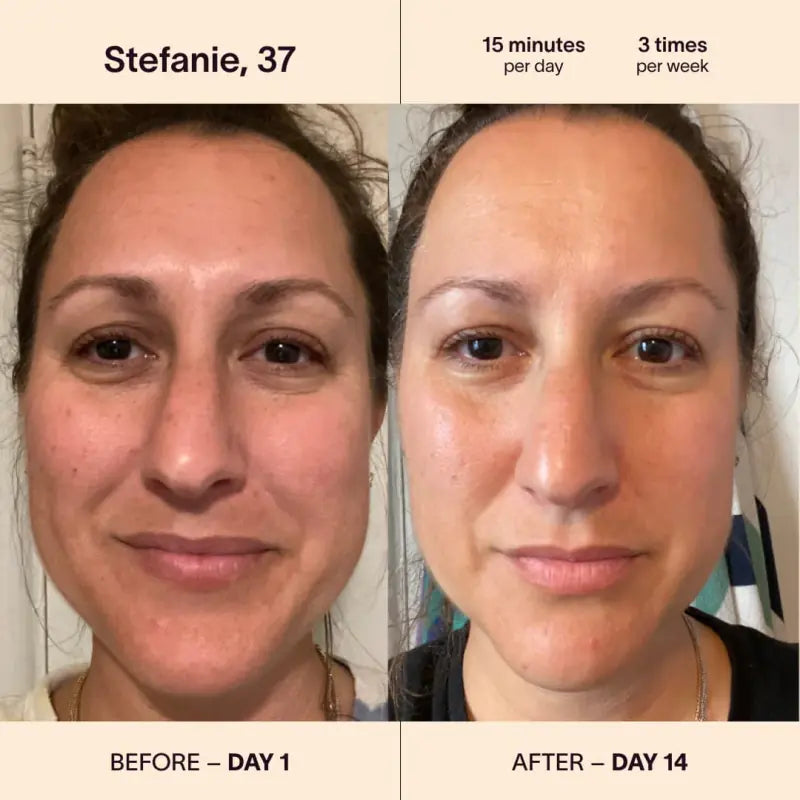Reviewed by RasShahn Johnson-Baker
An activating serum is a specialized skincare product designed to boost the skin's natural processes and enhance its overall health and appearance. Unlike standard moisturizers or cleansers, these serums are highly concentrated, delivering potent ingredients directly to the skin. Their role in skincare is multifaceted, targeting specific concerns like aging, hydration, or brightness. Due to their concentrated nature, activating serums offer more pronounced and quicker results than traditional skincare products, making them a vital component in any skincare regimen.

Types of Serums for Specific Needs
Hydrating serums, particularly those with hyaluronic acid serum, are essential for anyone seeking to boost their skin's moisture levels. Hyaluronic acid is renowned for its ability to hold up to 1000 times its weight in water, providing unparalleled hydration to the skin. These serums work by drawing moisture into the skin, keeping it plump, hydrated, and youthful-looking. They are especially beneficial for those with dehydrated skin but can be advantageous for all skin types due to their gentle and effective hydrating properties. Antioxidant serums are designed to shield the skin from environmental aggressors like pollution and UV rays. Ingredients commonly found in these serums include vitamins C and E, which are known for their ability to neutralize harmful free radicals. Consistent use of an antioxidant serum can help prevent premature aging, reduce the appearance of sun damage, and maintain the skin’s overall health and resilience against environmental stressors. The advancement in skincare technology has introduced light therapy serum and device serum options. These serums are engineered to be used alongside specific skincare devices, such as LED masks or microcurrent machines. The formulations are often activated or more effective when used under certain types of light or with specific devices, therefore enhancing the overall efficacy of the treatment. This synergy between serum and device can lead to faster, more noticeable results, particularly in terms of skin rejuvenation and healing.
Serums for Targeted Skin Issues
When targeting wrinkles, selecting a serum for wrinkles that contains active ingredients like retinol or peptides is crucial. These ingredients are effective in stimulating collagen production, which is key to reducing the appearance of wrinkles. Collagen helps firm the skin, thus diminishing the depth and visibility of wrinkles. Additionally, these serums often contain antioxidants that protect the skin from further damage, ensuring a more youthful complexion over time. To specifically target fine lines, look for serums that focus on hydration and skin elasticity. They work by plumping the skin, therefore effectively reducing the appearance of fine lines. These serums also help maintain the skin’s moisture barrier, which is essential for preventing the formation of new fine lines. Regular use can lead to smoother, more radiant skin. For those with specific skin issues or concerns, customized serums can be beneficial. Hyperpigmentation, characterized by dark spots and uneven skin tone, can be a challenge to address. However, with the advent of specialized serums, there is a targeted approach to combat these concerns. The efficacy of these serums largely rests on their active ingredients, each chosen for its specific ability to intervene in the melanin production process, which is the primary factor in the development of hyperpigmentation. These ingredients work synergistically to not only treat existing dark spots but also to prevent the formation of new ones. Key ingredients in serums for hyperpigmentation include:
- Vitamin C: This powerful antioxidant is renowned for its skin-brightening capabilities. It works by inhibiting the enzyme tyrosinase, which plays a crucial role in melanin production. Beyond its melanin-inhibiting properties, Vitamin C also helps to fade existing dark spots and promotes a more radiant complexion through its antioxidant action, which counters the effects of oxidative stress and photoaging.
- Kojic Acid: Sourced from fungi, kojic acid is effective in treating hyperpigmentation by inhibiting the production of melanin. It specifically targets the areas of the skin affected by sun damage, age spots, and scars, making these blemishes less visible over time. Kojic acid's ability to penetrate deep into the skin allows for the effective lightening of dark spots, contributing to a more even skin tone.
- Alpha Arbutin: Known for its gentleness compared to other brightening ingredients, alpha arbutin reduces melanin production by inhibiting the activity of tyrosinase. Its gentle nature makes it suitable for all skin types, including sensitive skin. Alpha arbutin is particularly effective in evening out skin tone and reducing the visibility of dark spots with minimal risk of irritation.
Serums formulated to combat hyperpigmentation offer a powerful solution to achieving a more even and radiant skin tone. By incorporating key ingredients like Vitamin C, kojic acid, and alpha arbutin, these serums tackle the root cause of dark spots and uneven skin tone—melanin overproduction. With consistent application, users can expect to see a significant reduction in hyperpigmentation, leading to clearer, more luminous skin.
Compatibility with Skincare Regimen
Integrating an activating serum into your existing skincare routine requires thoughtful consideration of product compatibility. It's essential to pair serums with products that complement their function and don't counteract their benefits. For example, if using a hydrating serum, follow up with a moisturizer that seals in hydration. Similarly, when using a serum with active ingredients like alpha hydroxy acids, ensure that your sunscreen provides adequate protection, as these ingredients can make the skin more sensitive to UV rays. Device serums are designed to be used in tandem with specific skincare tools, enhancing both the serum's and the device's effectiveness. For instance, serums formulated for use with LED light therapy might contain ingredients that are activated by the light, providing targeted treatment. When using these serums, it's crucial to follow both the serum's instructions and the device's guidelines to achieve the best results and avoid any potential skin irritation or damage.

Mastering the art of layering skincare products not only enhances the efficacy of each component but also ensures your skin receives the full benefits of your skincare regimen. Proper application and sequencing can make a significant difference in your skin's appearance and health. Let's dive into an expanded guide to understand how to layer your skincare products correctly:
- Begin With a Gentle Cleanser to Prepare Your Skin. Starting your routine with a gentle cleanser is crucial for removing impurities, excess oil, and makeup, ensuring your skin is a clean canvas. A well-chosen cleanser can help maintain your skin's natural balance, prevent pores from becoming clogged, and enhance the absorption of products that follow. Cleansing should be gentle to avoid stripping the skin of its natural oils, which can lead to dryness and irritation. The right cleanser sets the stage for a successful skincare routine by ensuring that subsequent products are absorbed effectively.
- Apply Water-Based Serums; These Are Lighter and Absorb Quickly. Water-based serums are designed to penetrate deeply into the skin, delivering a high concentration of active ingredients. These serums are typically lighter in texture and should be applied immediately after cleansing while the skin is still slightly damp. This enhances their absorption and effectiveness, allowing you to target specific skin concerns such as hydration, aging, or acne with precision. The rapid absorption of water-based serums ensures that your skin is primed for the next steps in your routine without leaving any residue.
- Follow With Oil-Based Serums if You Use Them; Their Thicker Consistency Seals in the Hydration from Water-Based Products. Oil-based serums come next, providing an occlusive layer that seals in the moisture and active ingredients from water-based serums. These serums are rich in nutrients and are perfect for deeply nourishing the skin, especially in dehydrated conditions. The thicker, more emollient consistency of oil-based serums also helps to strengthen the skin's barrier, preventing water loss and protecting against environmental stressors. Applying oil-based serums at this stage ensures that the hydrating benefits of previous layers are locked in for maximal impact.
- Layer on a Moisturizer to Lock in the Serum's Benefits. Moisturizing is a key step in any skincare routine, essential for hydrating and repairing the skin's barrier. After applying serums, a good moisturizer will help to seal in all the active ingredients and hydration you've introduced to your skin. It acts as a protective barrier against environmental damage, preventing the evaporation of moisture and ensuring that your skin remains hydrated and plump throughout the day or night. Choosing a moisturizer that's suitable for your skin type can further enhance the benefits of your serums, leading to a more radiant and healthy complexion.
- Finish With Sunscreen to Protect Against UV Damage. The final step in your morning skincare routine should always be a broad-spectrum sunscreen. This is your most critical defense against premature aging and skin damage caused by UV rays. Sunscreen not only protects the skin from sunburn and cancer but also preserves the integrity of the skincare products applied beforehand. By applying sunscreen last, you ensure that its protective layer is not diluted or disrupted, maintaining optimal efficacy. Regular use of sunscreen can significantly prevent the degradation of collagen and elastin, keeping your skin youthful and resilient.
Incorporating this structured layering approach into your skincare routine ensures that each product is allowed to work to its fullest potential, leading to visibly healthier and more radiant skin. Understanding the sequence and purpose of each product allows for a tailored skincare regimen that addresses your unique skin concerns effectively. The frequency and timing of applying your serum can significantly impact its effectiveness. Most serums are best applied twice daily, in the morning and at night. However, some ingredients, like retinol, are more suitable for nighttime use as they can increase sun sensitivity. Conversely, antioxidant serums are ideal for daytime use to protect against environmental stressors. It's also important to allow each serum time to absorb fully before applying the next product in your routine.
Red Light Therapy LightBoost Topicals
Selecting Serums for Different Skin Types
Selecting the right activating serum for your skin type is crucial in achieving optimal skincare results. Each skin type has unique needs, and understanding these can guide you in choosing a serum that effectively addresses your specific concerns. It's not just about the active ingredients; the formulation of the serum should complement your skin's characteristics and requirements.
- Sensitive Skin: Choosing a serum for sensitive skin requires careful consideration to avoid irritation. Look for serums with calming ingredients like aloe vera, chamomile, or centella asiatica. These ingredients soothe the skin and reduce redness and inflammation. Avoid serums with high concentrations of acids, as these can be too harsh. Fragrance-free and hypoallergenic serums are also preferable, as they are less likely to cause adverse reactions.
- Oily or Acne-Prone Skin: LSeek out serums with salicylic acid, niacinamide, or tea tree oil – ingredients known for their ability to control excess oil and prevent breakouts. It's also beneficial to choose serums that are non-comedogenic, meaning they won't clog pores. Lightweight, water-based serums are ideal, as they provide the necessary treatment without adding extra oil to the skin.
- Dry or Mature Skin: Ingredients like hyaluronic acid, glycerin, and peptides are excellent for retaining moisture and improving skin elasticity. For mature skin, look for serums that also contain antioxidants like vitamin C to combat signs of aging and environmental damage. These serums not only hydrate but also help in restoring the skin’s natural barrier.
- Patch Test for Allergy Concerns: Before incorporating a new serum into your routine, especially if you have sensitive skin, it's crucial to conduct a patch test. Apply a small amount of the serum to a discreet area of skin, such as behind the ear or on the inner arm, and wait 24-48 hours. If there’s no reaction, it’s generally safe to use. This step is important to avoid potential allergic reactions and ensure the serum is suitable for your skin.
Remember, the right serum can make a significant difference in the health and appearance of your skin. Along with considering your skin type, pay attention to how your skin responds to the serum over time. Adjust your choices as needed, and don't hesitate to consult a dermatologist if you're unsure about the best option for your skin.
Incorporating Activating Serums into Skincare Routine
Proper application of a serum is key to maximizing its benefits. Begin by cleansing your skin to remove any impurities or makeup. After cleansing, apply a toner if you use one; this helps to prepare your skin to absorb the serum more effectively. Then, apply a small amount of serum gently onto your face and neck using your fingertips. Pat it lightly until it's absorbed. Avoid tugging or rubbing the skin. Finally, follow up with a moisturizer to seal in the serum and provide additional hydration. If you’re using multiple serums, apply them in order of their viscosity, starting with the thinnest. If you use a treatment like a chemical exfoliant, consider alternating these with your serum, rather than layering, to prevent irritation. Your skincare routine can vary from morning to night, especially when it comes to serums. In the morning, focus on serums that protect against environmental stressors, like an antioxidant serum. In the evening, use serums that support repair and regeneration, like those with retinol or peptides. This approach leverages the natural rhythms of your skin, optimizing the serum’s effects.

The dynamic nature of our skin demands a flexible approach to skincare, particularly when it comes to selecting serums, which are powerful allies in maintaining skin health and vitality. Recognizing and responding to changes by adjusting your choice of serums can make a significant difference in your skin’s appearance and health over time. Key considerations for updating your serums include:
- Seasonal Adjustments: During the dry, cold months of winter, your skin may require additional hydration to combat the harsh effects of cold air and indoor heating. A hydrating serum rich in hyaluronic acid or glycerin can provide the necessary moisture retention. In contrast, the humid summer months might call for a lighter, water-based formula that hydrates without adding excess oil, keeping the skin balanced and comfortable.
- Age Considerations: As the skin matures, its needs change, often requiring more focused attention on hydration, firmness, and elasticity. Updating your serum to include ingredients like retinol, peptides, and antioxidants can address these concerns. These ingredients help to stimulate collagen production, fight free radical damage, and support the skin’s natural repair processes, making them essential for aging skin looking to retain its youthful resilience and glow.
By attentively reassessing your skin’s needs and making informed choices about the serums you incorporate into your routine, you can ensure that your skincare regimen remains effective and responsive. This proactive approach not only addresses the current state of your skin but also anticipates its future needs, helping to maintain its health and appearance regardless of the season or your age. The journey to finding the perfect serum is highly personal and can vary based on individual skin types, concerns, and goals. It's important to be informed about the ingredients and benefits of different serums and to choose products that are suitable for your skin type and concerns. Don’t forget to perform patch tests for new products and adjust your choices as your skin’s needs change over time. With the right knowledge and a thoughtful approach, you can effectively enhance your skincare routine with the ideal serum, leading to healthier, more radiant skin.






